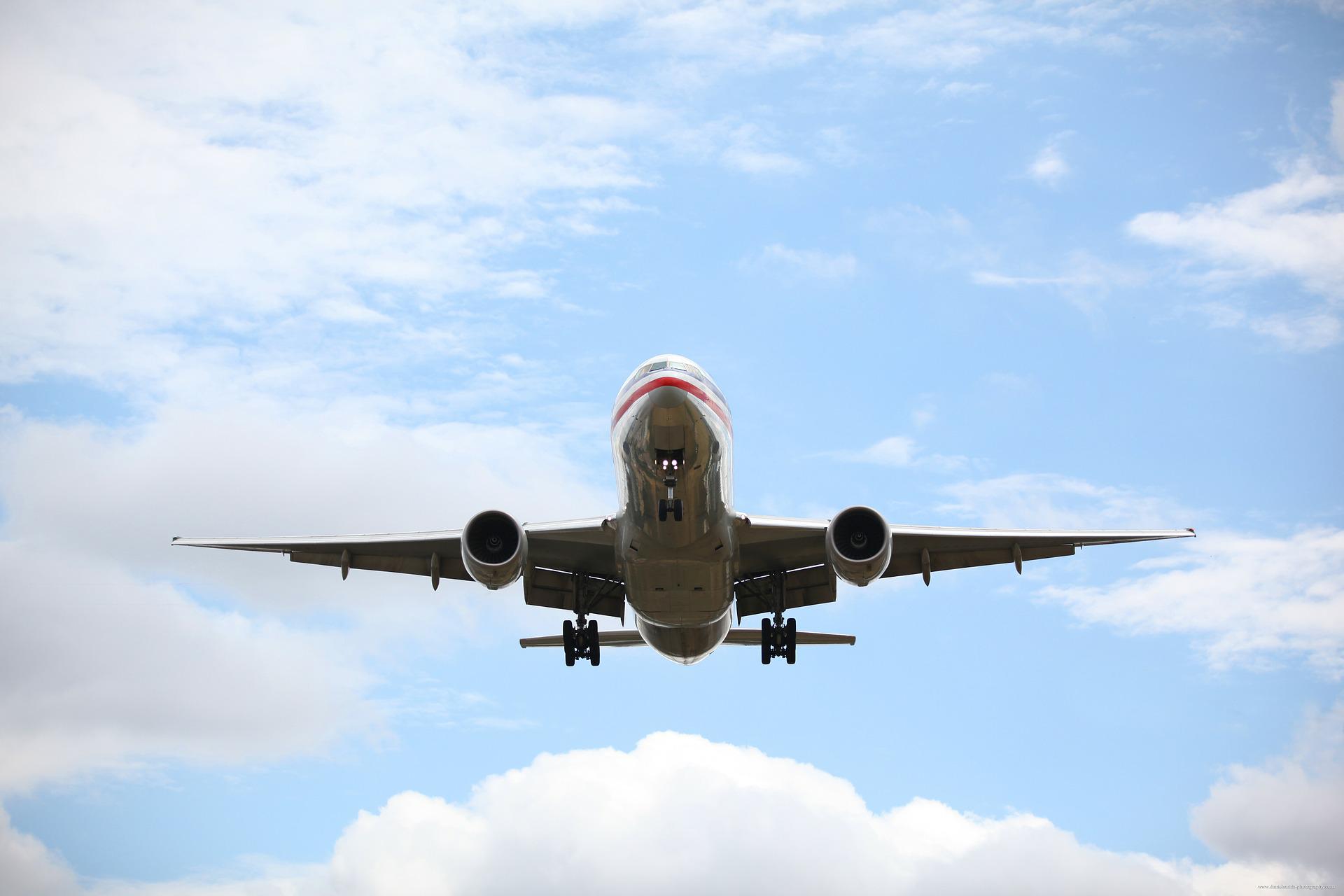UNN physicists develop extra strong heat-resistant materials for aviation

Scientists at the UNN Physics and Technology Research Institute (PTRI) have developed high-strength, heat-resistant materials for aviation. These materials will be used to replace obsolete copper wires, which are very heavy, and aluminium wires with low electrical conductivity, which are currently used in the aviation industry.
Nizhny Novgorod researchers have developed ultrafine-grained aluminium alloys to create small-sized aviation bimetallic wires. High strength and heat resistance are ensured by adding zirconium, scandium or hafnium.
"Using the induction casting technology, we obtained aluminium alloys of the highest quality, and we managed to reduce the content of rare-earth metals considerably - from 7% in commercial alloys to 0.25-0.3% in our materials. We particularly tried to minimize the content of scandium, one of the most expensive metals in the world," explains Alexey Nokhrin, Head of the Materials Diagnostics Laboratory at the UNN PTRI, one of the authors of the study.
To impart the necessary useful properties, the alloys were additionally processed by subjecting them to severe plastic deformation and annealing, which resulted in the nucleation of strengthening nanoparticles. The alloy was then made into a bimetallic wire - an aluminium core of 0.2-0.3 mm diameter with a thin copper shell.
"Today, global aviation giants Boeing and Airbus use aluminium wires with multilayer coatings in their aircraft. For example, FSPone (France) has developed a 0.13-0.16 mm aluminium wire with a silver or nickel coating and a copper buffer sub-layer. Thus, our technology will make it possible to produce wires that are not inferior to their global rivals," said Yana Shadrina, an engineer at the Materials Diagnostics Laboratory of the UNN PTRI.
Lobachevsky University experts have studied in detail the degradation processes in the materials of bimetallic wires determining the maximum allowable temperatures and the period of operation, during which the diffusion of copper into the aluminium wire does not lead to a decrease in its brittleness. This made it possible to develop recommendations for the use of these wires in aviation.
The results have been published in Materials, a Web of Science first-quartile journal, and the applied part of the research is protected by know-how.



